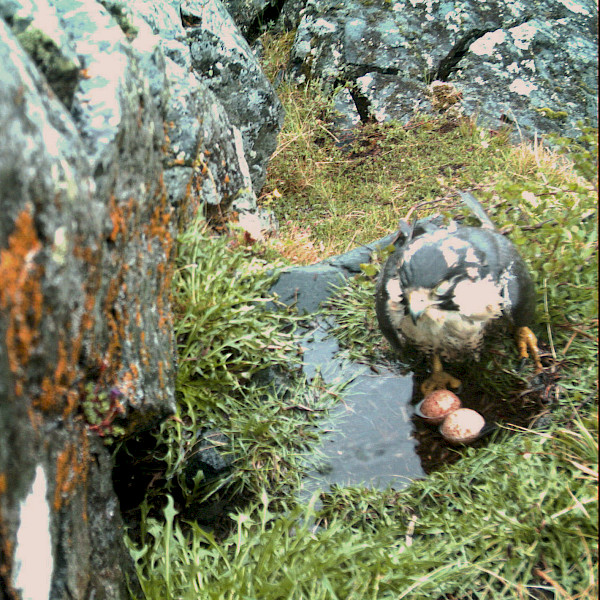Precipitation Extremes
Periods with substantially below-average moisture conditions, usually covering large areas, during which limitations in water availability result in negative impacts for various components of natural systems and economic sectors (IPCC 2021)
Acute and extensive loss of plant biomass at landscape and greater scales, thus large-scale vegetation damage
Concurrent hot and dry conditions amplify conditions that promote wildfires (IPCC 2021), of which lightning may be the major driver (AMAP 2021)
A marked precipitation event occurring during a period of 1h, 3h, 462 6h,12h,24h, or 48 hours with a total precipitation exceeding a certain threshold defined for a given location
Triggered by raised groundwater levels after excess rainfall or active layer detachments in thawing slopes of permafrost (IPCC 2012) or flooding (AMAP 2021, WMO 2016)
Metrics of snow include snowfall, snow-on-ground (extent, depth, location), snow density, and avalanches
Rapid downward movement of snow down a sloped section of land under the influence of gravity

A flooded nest
Photo: A. Franke
Photo: A. Franke
Attention: Click at the table and use the arrow keys on the keyboard to move the table to right or left!
Download this table as CSV
| Description of extreme event | Detecting and monitoring the extreme event itself | Monitoring ecosystem impacts of the extreme event | ||||||||||
| Name | Description | Expected temporal scale of extreme event itself | Expected spatial scale of extreme event itself | Types of impact (and relevant cascading effects) | Definition of extreme event (see also Definition-sheet) | Variable to detect extreme event | Method to monitor (risk of) extreme event itself (if different from detection method) | Suggested background data needed to assess impact on ecosystem/biodiversity (if any)* | Suggested method to monitor impacts of extreme event (if different from or background data are missing) | Expected temporal scale of impact | Priority FECs to monitor | Reference/Links |
| Low precipitation (drought) | Periods of time with substantially below-average moisture conditions | Brief (< month) | Large (region/ > 10 km2) | Impact on terrestrial ecosystem - coverage/abundance, survival and reproduction of flora and fauna from suboptimal conditions | Number of days subceeding the 99 or 95th percentile | Precipitation measurements | Diversity, abundance, composition, productivity, phenology, spatial structure, ecosystem functions and processes, demographics, temporal cycles and health for flora and fauna | Monitor in affected and comparable reference area | < 5 years |
|
||
| High precipitation (flooding) | A marked precipitation event occurring during a limited period of time of 1-48 hours | Brief (< month) | Medium (Several catchments/ < 10 km2) | Impact on terrestrial ecosystem - coverage/abundance, survival and reproduction of flora and fauna from suboptimal conditions from loss of substratum, flush and drowning | Number of days exceeding the 99 or 95th percentile | Precipitation measurements Water level measurements | Remote sensing or field measurements of affected area (size of area) | Diversity, abundance, composition, productivity, phenology, spatial structure, ecosystem functions and processes, phenology, demographics, temporal cycles and health for flora and fauna | Monitor in affected and comparable reference area | < 5 years | ||
 Arctic Council Working Group
Arctic Council Working Group